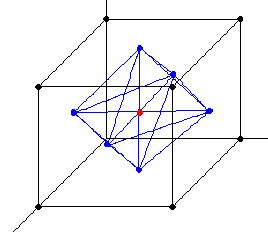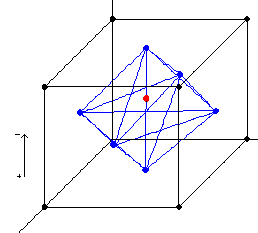

Potentially piezoelectric materials can be forced to be piezoelectric by a process called poling. This process can only be carried out at temperatures below the Curie point, when the crystal structures cause an electric dipole to be created. In perovskite structures the dipole is created by movement of the central ion in the structure (usually a large metal ion). Above the Curie point the central ion is on average in the plane of the structural ions, but below the Curie temperature the central ion moves out of the plane of the structural ions and so the charges no longer balance and give a dipole.
| Perovskite structure: a) Above Curie point | b) Below Curie point |
 |
 |
![]()
The
process of poling involves aligning all of these individual dipole moments, so
that they all point in the same general direction. This is accomplished by
putting the crystal in a constant electric field to force the dipoles to align.
In the electric field each dipole will feel a torque if it is not parallel to
the field lines produced, and so is turned to that direction. When the
electric field is removed, the dipoles remain fairly aligned, although there
will still be some element of random direction.
Click on this section of a piezoelectric material to see the effect of an electric field applied vertically upwards on the dipoles within it.